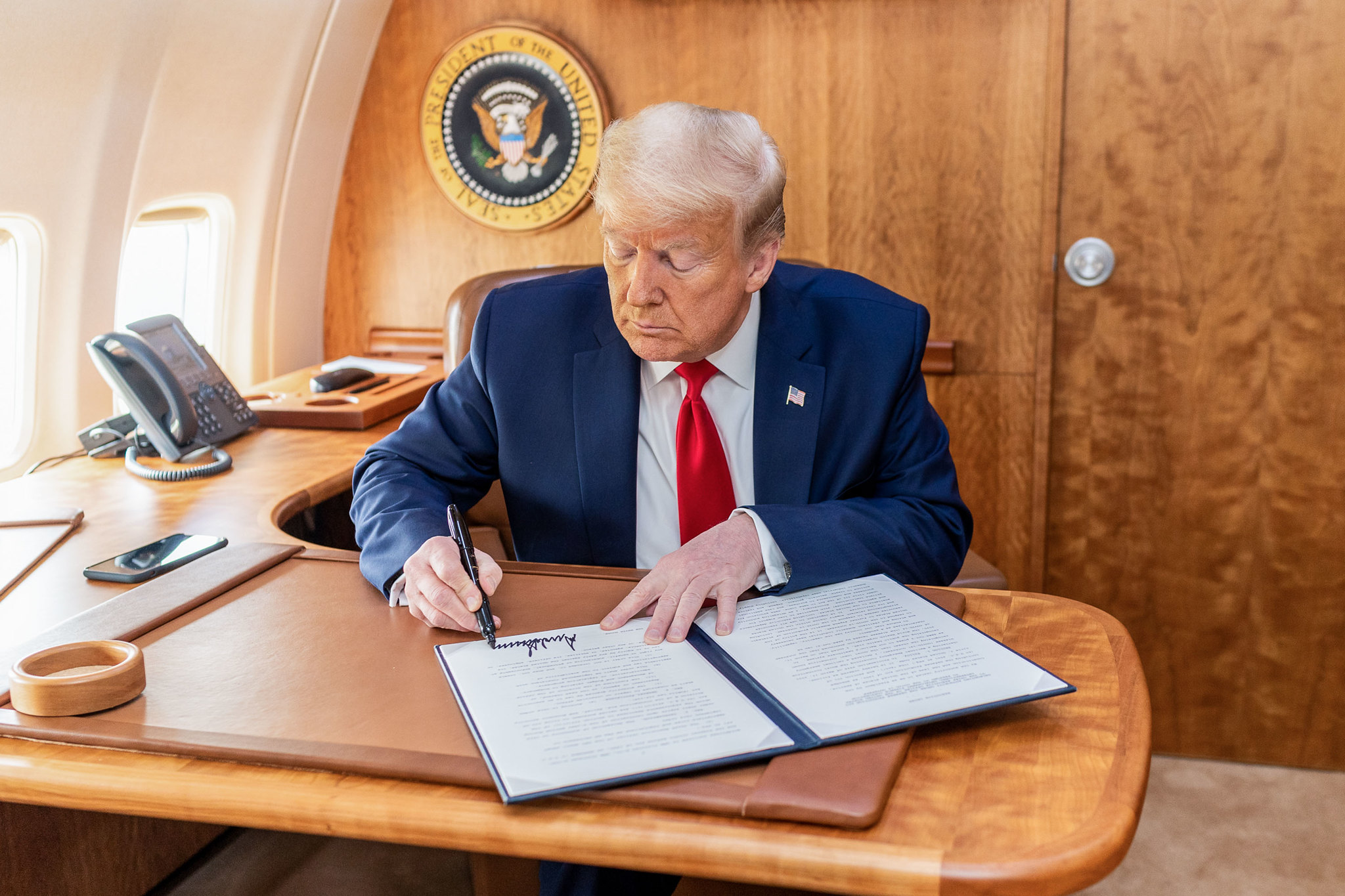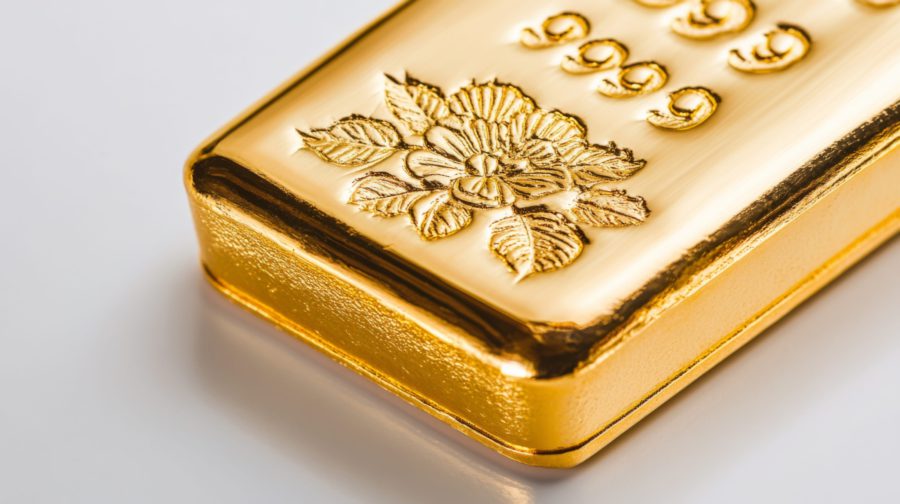Bernstein quants join bulls on gold sector as cycle darkens

For all the attention lavished on gold for its relative durability during this global dash into risk, the real story could be the companies digging it out of the ground.
A growing chorus of big names — including everyone from the quants at Bernstein to Pictet’s multi-asset team — is turning increasingly bullish on miners as late-cycle angst and industry shifts make conditions ripe for a prolonged rally.
Mining shares have gained at almost twice the pace of bullion this year, even as the metal hit a 10-month high on Tuesday, and the evidence suggests they can outperform the physical metal in an economic slowdown. Over the last 10 years, they traded with a correlation of 0.8 and a beta of 1.8 compared to gold. That means the two moved in lockstep, but when gold rallied investors who bet on miners were rewarded with a return about 80 percent larger.
At Bernstein, quantitative strategists led by Inigo Fraser Jenkins are seeing a laundry list of reasons to like gold and gold miners just now. They’re adding both, but see a tactical case for shares of metal producers in particular.
Another hundred dollars in the gold price and the equity window will open
“One of the key strategic themes that underlies our outlook is that we think there is a low return outlook across asset classes,” the strategists wrote last week. “The practical issue of holding gold is the lack of yield, or an ability to value it in a conventional way. So for portfolio managers of equity and multi asset portfolios an attractive alternative might be to hold the equity of gold miners.”
The growing interest in gold and associated assets comes at a critical time for global markets. Equities and debt have been surging in 2019 as investors chase late-cycle gains, but the rally has been laced with doubt as economic data increasingly points to a global slowdown. Heavy-weight commodity analysts like those at Societe Generale have recommended buying both gold and miners this year, saying the metal should “break free” in 2019 amid a scarcity of safe havens.

For Pictet Asset Management, there are additional reasons to look at miners. Merger and acquisition activity suggests the industry itself is bullish. Barrick’s $5.4 billion purchase of Randgold Resources Ltd. set off a chain reaction that led to Newmont Mining Corp.’s $10 billion deal for Canada’s Goldcorp Inc. last month.
“When miners start acquiring each other, this suggests the market is underpricing the value of their assets, namely the gold they’ve yet to mine,” Shaniel Ramjee a senior investment manager in the Pictet multi asset team, wrote in a note. The Pictet Global Dynamic Asset Allocation fund has an allocation to gold and producers of about 5 percent.
“Not only are gold miners’ stocks attractively valued relative to their reserves and the price of bullion, but also compared with the materials sector as a whole and with global equities in general,” Ramjee said.
Still, to judge by exchange-traded funds it seems not every investor shares this bullishness. Even as miners outperform gold prices in 2019, ETFs backed by the physical metal have seen inflows worth almost $2 billion in 2019, while those tracking mining shares have seen $1 billion in outflows.

A chunk of investors may prefer bullion because miners expose them to more uncertainty, such as to bad management, operational difficulties and financial risks, according to Will Rhind who manages the fastest-growing ETF in the sector. Gold, he said in an email, has no counter party risk.
Perhaps the flows are nothing more than a delayed reaction. For Merian Gold & Silver Fund manager Ned Naylor-Leyland, who has $313 million under management, the rising gold price and flows into physical ETF are a sign that the Federal Reserve’s dovish pivot and worries over global growth will trigger bigger allocations to gold producers.
Some investors “are still nervous, they are still waiting,” he said in an interview from London. “Another hundred dollars in the gold price and the equity window will open.”
In the meantime, the price moves certainly look bullish. The Van Eck Vectors Gold Miners ETF, which tracks mostly Canadian-listed companies, has risen 6.4 percent this year, with the FTSE/JSE Africa Gold Mining Index up 17 percent.
Spot gold was up 3.7 percent at $1,329.41 an ounce over the same period.
(By Eddie van der Walt and Elena Mazneva)
More News
Trump planning to stockpile deep-sea minerals to counter China: FT
April 13, 2025 | 07:56 am
Goldman Sachs upgrades gold forecast again to $3,700
April 12, 2025 | 08:05 pm
{{ commodity.name }}
{{ post.title }}
{{ post.date }}




Comments